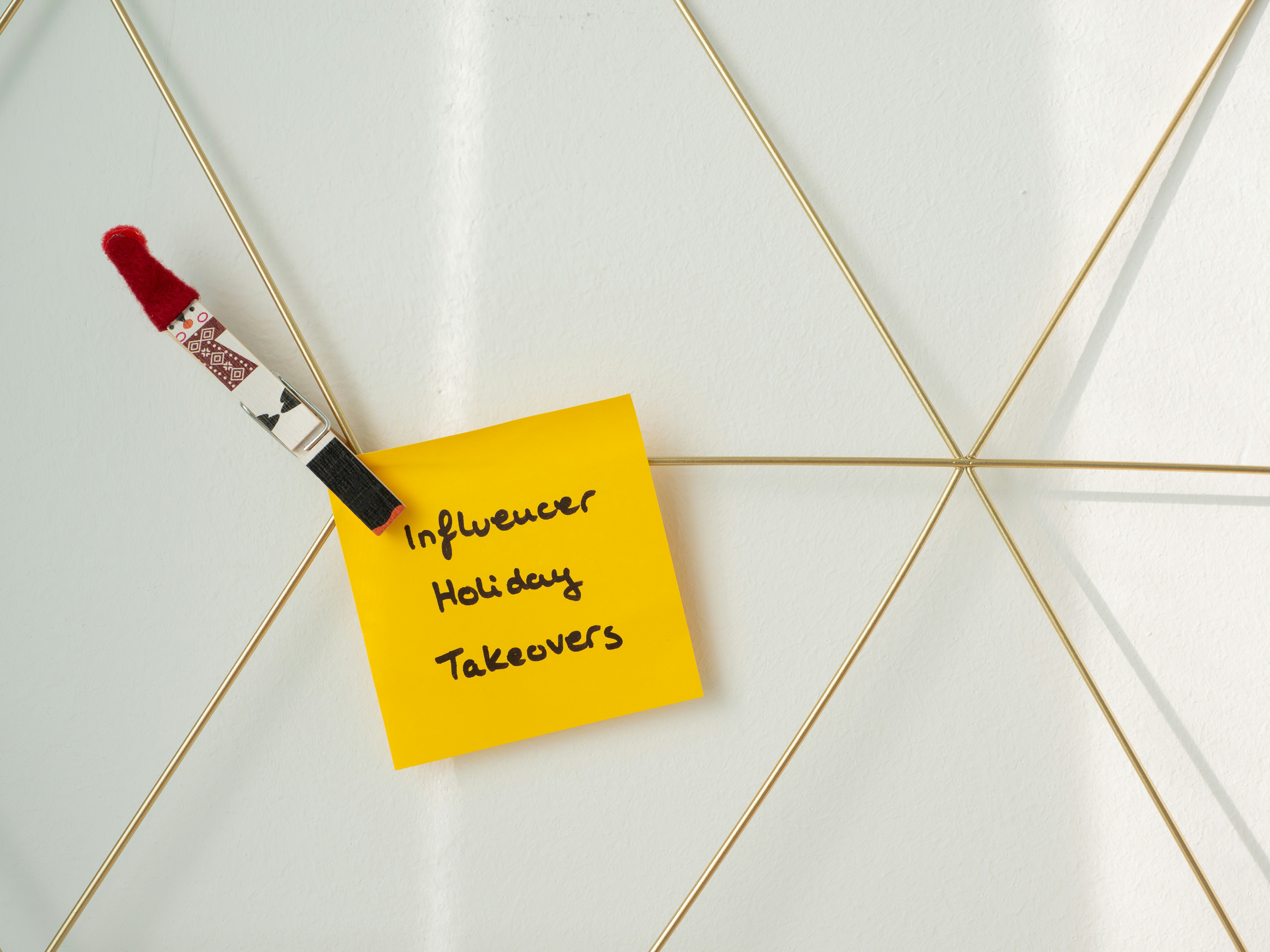
Understanding the Micro-Influencer Landscape
The micro-influencer phenomenon has gained significant traction in recent years, playing a crucial role in the evolving landscape of influencer marketing. Defined typically as individuals possessing a follower count ranging from 1,000 to 100,000, micro-influencers stand out due to their ability to cultivate a loyal and engaged audience. Unlike macro-influencers or celebrities, micro-influencers tend to engage with their followers more authentically, fostering a personal connection that translates into higher engagement rates.
One of the defining characteristics of micro-influencers is their niche expertise. Often, they focus on specific topics or industries, such as beauty, fitness, travel, or technology, which allows them to establish themselves as thought leaders within their selected domains. This niche focus not only helps micro-influencers connect with their audience on a deeper level but also makes them attractive to brands seeking targeted marketing strategies. The alignment between a brand’s values and the influencer’s niche content can result in more effective marketing campaigns.
The rise of micro-influencers can be attributed to the increasing demand for perceived authenticity in advertising. Consumers today are growing increasingly skeptical of traditional advertising methods, leading them to seek recommendations from individuals they perceive as relatable. Micro-influencers provide this relatability, as their smaller follower count often translates into a more personal and trustworthy relationship with their audience. As a result, brands are investing more in collaborations with micro-influencers, appreciating their ability to create impactful marketing that resonates deeply with specific segments of the market.
In summary, micro-influencers represent a vital component of the influencer marketing ecosystem. Their unique characteristics, including a focused follower count, high engagement rates, and niche expertise, enable them to engage audiences effectively. As brands continue to prioritize authenticity, the role of micro-influencers is expected to grow, shaping the future of how products and services are marketed to consumers.
Building Your Personal Brand
Establishing a personal brand is a pivotal step for micro-influencers seeking to attract potential brand collaborations. The journey begins with identifying your niche, as a clear focus helps differentiate you in a crowded market. Consider your passions, expertise, and the kinds of content you enjoy creating. Whether it is fashion, wellness, or travel, defining a niche helps you curate relevant content that resonates with your target audience.
Once you have established a niche, it is essential to create a consistent aesthetic and voice across all your social media platforms. This consistency not only helps in building recognition but also fosters trust with your audience. Select a color palette, style of photography, and type of messaging that align with your brand identity. Tools like Canva and Adobe Spark can be useful for maintaining visual uniformity in your posts. Additionally, it is advisable to develop a unique voice that reflects your personality. This can range from humorous and light-hearted to serious and informative depending on your brand’s ethos.
Engagement plays a critical role in brand building for micro-influencers. Interacting meaningfully with your audience, whether through comments, direct messages, or live sessions, can enhance your relationships and increase loyalty. Utilize polls, Q&As, and live videos to encourage dialogue and gather feedback. The more you connect with your followers, the more likely they are to view you as an authentic source of information and inspiration. Furthermore, showcasing your personality and values will allow brands to see the alignment between your image and their products or services. This authenticity is key in drawing brand partnerships, as companies seek influencers who can genuinely advocate for their brands.
Approaching Brands for Collaboration
Effective collaboration with brands as a micro-influencer begins with thorough research to identify potential partnerships that align with your personal brand and values. Start by analyzing brands within your niche, taking into account their target audience, core values, and current marketing strategies. This will ensure that any collaboration is authentic and resonates not just with your audience but also reflects the brand’s messaging. Utilize social media platforms, brand websites, and industry publications to gather information that will inform your approach.
Once you have identified suitable brands, crafting a compelling pitch is essential. Your pitch should highlight mutual benefits, showcasing what you bring to the table and how it aligns with the brand’s goals. Begin with a brief introduction of who you are, including your follower demographics, engagement rates, and any previous collaborations. Clearly outline the ways in which your audience can provide value to the brand, whether it’s through increased visibility, product feedback, or authentic endorsement. Tailoring your pitch specifically to each brand will demonstrate that you have a genuine interest in collaboration rather than a generic outreach.
Utilizing social media platforms can greatly enhance your outreach efforts. Engage with brand representatives by liking, commenting on, and sharing their content. This not only draws their attention to your profile but also establishes a level of familiarity. Direct messaging can be an effective way to initiate a conversation, but ensure that your communication is professional and concise. Building relationships within the industry can significantly benefit your collaboration efforts. Attend industry events, connect with fellow influencers, and actively participate in online communities to expand your network. Cultivating these connections can lead to potential collaborations and strengthen your position as a valued partner within the influencer landscape.
Best Practices for Successful Collaborations
Collaborating with brands as a micro-influencer can be a rewarding experience, but several best practices should be adhered to in order to ensure a fruitful partnership. First and foremost, understanding contractual obligations is crucial. Before entering any collaboration, it is essential to meticulously review the terms outlined in the agreement. This includes compensation details, deliverables, timelines, and the scope of content to be produced. By comprehensively understanding these terms, micro-influencers can mitigate misunderstandings and foster smoother collaborations.
Maintaining transparency with your audience is another pivotal element of successful brand partnerships. As a micro-influencer, your credibility hinges on the relationship you cultivate with your followers. Disclosing paid partnerships or sponsored content promotes authenticity and trust. Informing your audience about the nature of the collaboration not only complies with regulations but also reinforces your commitment to transparency, encouraging follower engagement.
Moreover, ensuring that the content produced aligns with both your own values and those of the brand is vital. This alignment not only enhances the resonance of the content with your audience but also reflects positively on the brand. When the content is a genuine representation of your lifestyle or interests, it naturally generates a more integrated and effective promotional message.
Delivering high-quality work that exceeds brand expectations can significantly strengthen your relationship with the company. By going above and beyond—whether through creative ideas, high production values, or thorough engagement with your audience—you position yourself as a valuable partner. Finally, evaluating the success of the collaboration post-campaign provides insights that inform future endeavors. Metrics such as engagement rates, audience feedback, and overall reach can guide subsequent collaborations, allowing you to refine your approach and enhance future partnerships.


